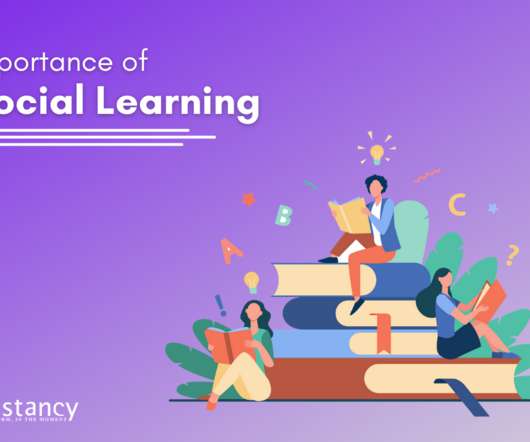The Planet Captivate Blog – Cognitive Load
Adobe Captivate
JANUARY 17, 2017
However, one topic that Jim has helped me to better understand is that of cognitive load. Since Jim’s and my first discussion about cognitive load, I’ve challenged myself to dive into learning more about it, specifically, proactively targeting a learner’s cognitive load while developing eLearning content. Instant messaging.






























Let's personalize your content